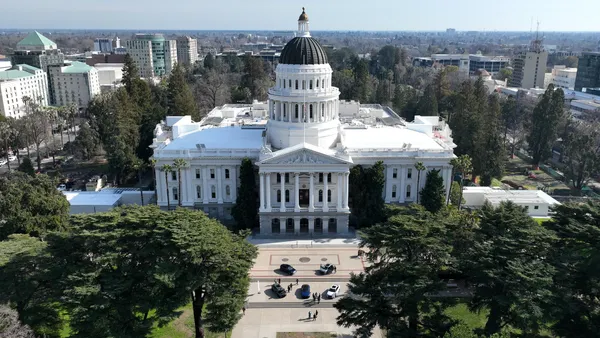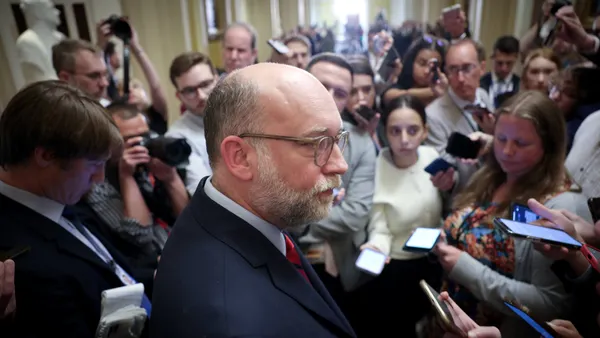Dive Brief:
- Employers planned to pay high-skilled H-1B visa holders a median salary of $80,000 in 2016, up from $69,000 a decade ago, according to a Pew Research analysis. New U.S. Citizenship and Immigration Services data made salary information on H-1B visa workers public for the first time. H-1B visa holders typically work in science and mathematics.
- The median salary for H-1B visa holders is higher than the median wage for U.S. workers in similar jobs, who earned a median wage of $75,036 in 2016, says Pew, citing figures from the U.S. Bureau of Labor Statistics. American workers in those positions earned $73,979 in 2007.
- Pew Research says lawmakers brought up several bills in Congress to reform the H-1B visa program. The Trump administration said it supported a plan that would reject the influx of what it calls admitting low-skilled foreign workers into the U.S. over high-skilled workers.
Dive Insight:
The early Trump administration said it wanted to reform the H-1B visa program to keep low-skilled foreign workers out of the program. Yet, the salaries U.S. employers are now paying H-1B visa holders suggests that most, if not all, are highly skilled. The administration's stance is that the visa program enables lower-paid foreign workers to take jobs from Americans by working for less pay.
President Donald Trump even signed an executive order encouraging U.S. employers to hire Americans first (though, functionally, not much has changed as of yet). While there are some legitimate concerns about bigger companies snapping up most of the visas, leaving smaller businesses in the lurch, American workers instead seem to be losing out because they don't have the skills required for the jobs — not because they are too expensive.
The president's controversial immigration proposal would likely have hampered the H-1B visa program for U.S. employers, but as Republican lawmakers focused on repealing the Affordable Care Act, the H-1B visa program became a lesser priority. By contrast, Canada is loosening its immigration policy to bring in skilled workers from abroad to create its own "Silicon Valley." U.S. employers might have to compete with Canada for both foreign and American tech workers.
In the meantime, employers might consider investing in training to help close the skills gap in the long run.










